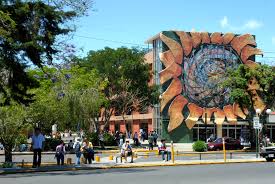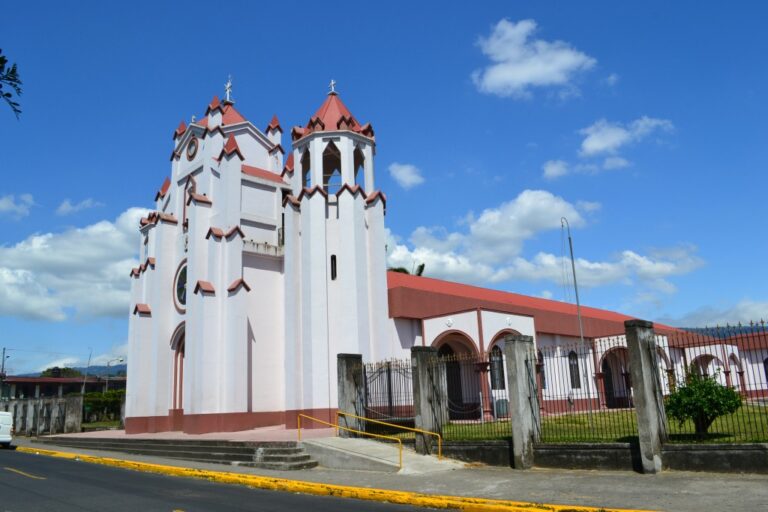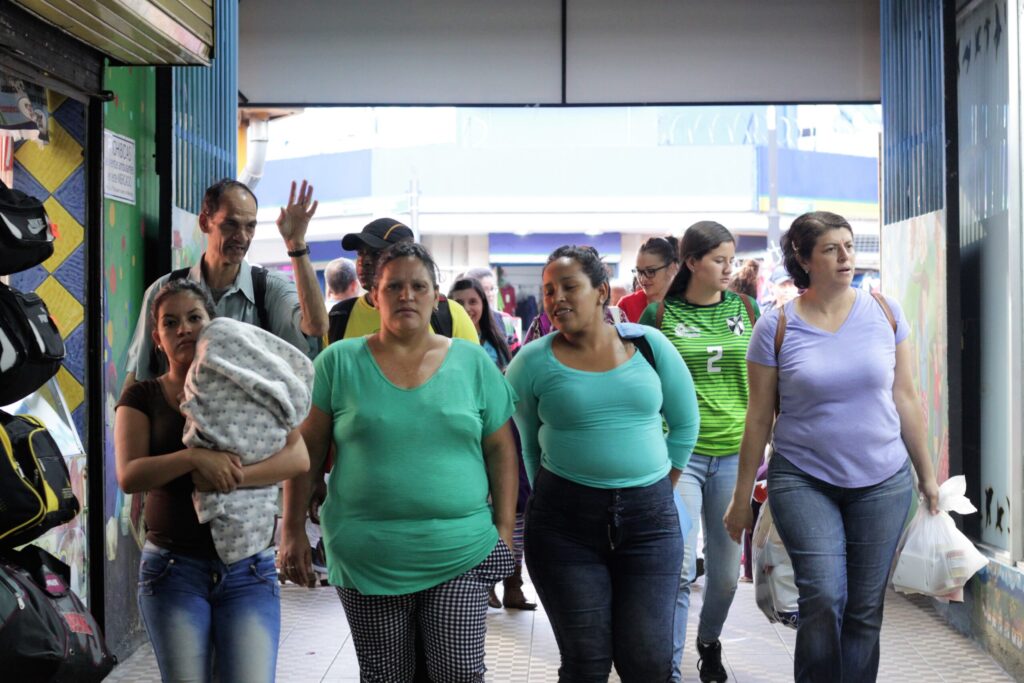Despite showing robust macroeconomic figures and a statistical decrease in poverty rates, Costa Rica faces a widening of its social gaps. This is the conclusion of the most recent analysis by the State of the Nation Program (PEN), which warns that the benefits of economic growth are concentrated in specific sectors, leaving the majority of the internal economy and vulnerable populations behind.
The report highlights a critical paradox: while the country achieves fiscal stability and export dynamism, social investment has fallen to levels not seen in 25 years, weakening the safety net for lower-income households.
What is the “State of the Nation”?
For our international readers, it is crucial to understand the source of this data. The State of the Nation Program (PEN – Programa Estado de la Nación) is neither a government body nor a political party. It is an academic research program sponsored by the National Council of Rectors (CONARE), which groups Costa Rica’s public universities.
For three decades, the PEN has published an annual report considered the most complete and objective “citizens’ audit” of the country’s performance in human development, economy, equity, and democracy. Its findings serve as a technical compass to understand the national reality beyond the political rhetoric of the day.
Fiscal Stability at the Cost of Social Investment
The report details that the fiscal stability the country currently boasts has been achieved, to a large extent, by containing public spending in sensitive areas. According to the study, social investment—resources destined for education, health, and direct transfers to poor families—has decreased considerably.
Currently, 68.1% of public spending is allocated to improving living conditions, a figure lower than that of 25 years ago and 10 percentage points below the peak reached in 2011 (78.9%). Natalia Morales, director of the report, pointed out that this dynamic has negative long-term consequences for the country’s human development.
The Fragility Behind Poverty Reduction
Although official figures place poverty below 7%, the PEN questions the sustainability of this data. Researchers argue that this reduction is not due to structural improvements in the labor market, but rather to circumstantial and fragile factors:
- Rise in Informality: Informal employment grew by 36%, meaning more income without social security or guarantees.
- Demographic Shifts: Households now have fewer members, which statistically reduces poverty without an increase in real income.
- Non-Labor Aid: Many households subsist thanks to irregular transfers (family aid, charity) rather than dignified wages.
An Economy at “Two Speeds”
PEN economist Luis Vargas describes a fracture in the productive model. There is a growing gap between the dynamic sector linked to Free Trade Zones (exports) and the internal sector, which represents 85% of the national economy (agriculture, construction, local tourism).
While Free Trade Zones grow, the internal sector shows historical lags. Vargas warns of a disconnection phenomenon: “We produce more, but a large part of that wealth leaves the country and does not reach households.”
The Impact of Insecurity on Local Development
A novel econometric finding in the report directly links violence with the economy. The study shows that in cantons (municipalities) with higher homicide rates, industrial activity tends to shrink, while commercial activity increases.
The report offers a worrying explanation for this counterintuitive behavior: organized crime fosters small local businesses for its logistics and money laundering networks, generating apparent commercial growth that provides no real benefits to the formal economy, while displacing legitimate industrial investment.
The 2025 State of the Nation Report concludes that the current development model shows signs of exhaustion, unable to translate good macroeconomic numbers into generalized well-being. With female employability stagnant at 46% (compared to 70% for men) and rural areas disconnected from growth, the country’s challenge remains achieving inclusive rather than segmented development.


















